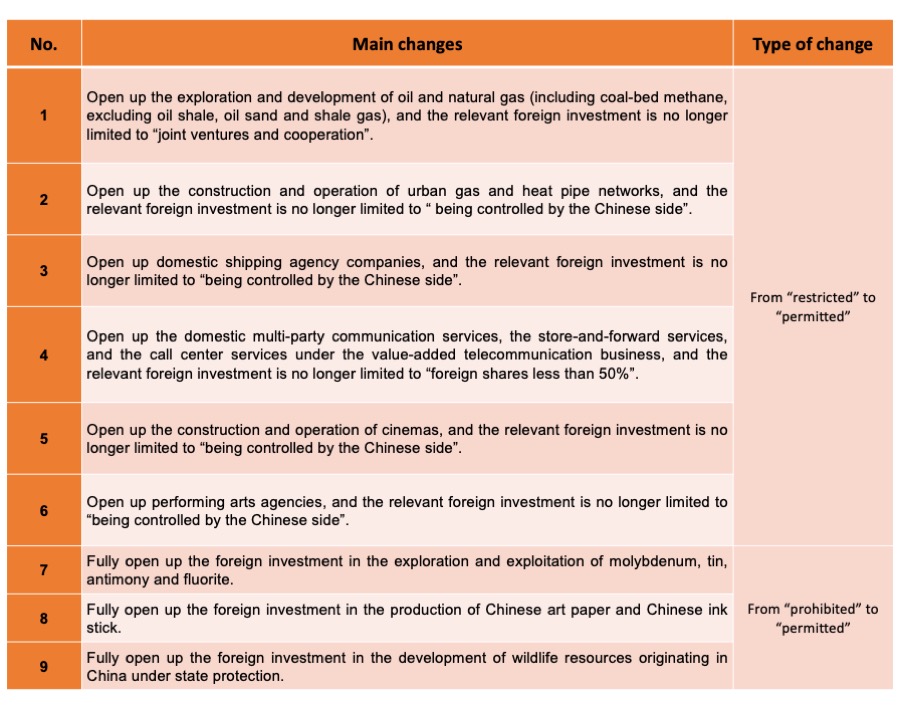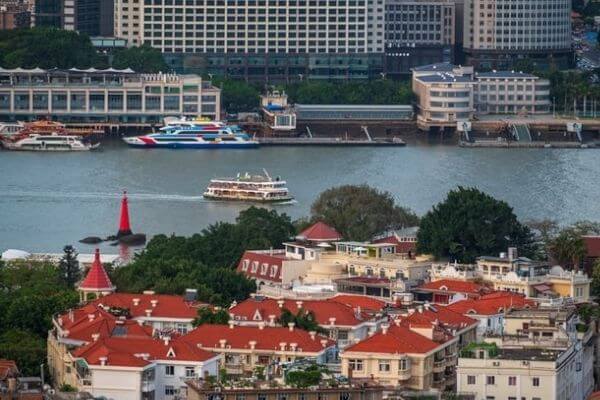
Foreign investors cannot invest in industries covered by the Negative List, which is further shortened in its latest 2019 edition.
In my previous post, I have introduced the new administrative mechanism of China’s foreign investment, i.e., “Pre-establishment National Treatment + Negative List”. This post will introduce the scheme of the Negative List.
The PRC National Development and Reform Commission (NDRC) and the Ministry of Commerce (MOFCOM) have jointly issued a series of negative lists since 2016, with the general trend of relaxing restrictions on foreign investors by only taking items off instead of adding to the Negative List. To cooperate with the implementation of the Foreign Investment Law, the NDRC and the MOFCOM issued the Special Administrative Measures (Negative List) for Access of Foreign Investment (2019 Edition) (外商投资准入特别管理措施(负面清单)(2019年版)) (“the National List”) and the Special Administrative Measures (Negative List) for Access of Foreign Investment in the Pilot Free Trade Zone (2019 Edition) (自由贸易试验区外商投资准入特别管理措施(负面清单)(2019年版)) (“the FTZ List”) in 2019, further shortening the Negative List. The main changes in these lists are as follows:
I. Main changes in the National List
Compared with the 2018 National List, the changes in the 2019 National List are small, with only 6 clauses changed from “restricted” to “permitted”, and 3 clauses changed from “prohibited” to “permitted”: [1]

II. Main changes in the FTZ List
Compared with the 2018 FTZ List, the main changes in the 2019 FTZ List are basically consistent with those in the 2019 National List, with further openings in “Publication printing” and “Fishing for aquatic products in sea areas under Chinese jurisdiction and inland waters”, specifically as follows: [2]

III. Legislation outlook
According to the series of negative lists jointly issued by the NDRC and the MOFCOM, we can see from the downsizing trend of those lists the general principle to further expand the opening up. In his speech at the opening ceremony of the 13th Summer Davos Forum on 2nd July 2019, Premier Li Keqiang once again made a promising “spoiler alert” that “...We will deepen the opening-up measures for modern service industries such as finance, and advance the abolition of restrictions on foreign shares in securities, futures and life insurance to 2020 as originally planned as in 2021…”. At the same time, according to the Phase I Economic and Trade Agreement reached by China and the United States, China has agreed to further expand the market access in the financial services sector. Therefore, it is reasonable to expect the 2020 Negative List to make adjustment accordingly in the financial industry, so as to further cater to the demand of market opening. Undoubtedly, the negative list will be shorter and shorter in the foreseeable future.
[1] 黄宁宁、陈辉宇:《外资准入机制中的“清单制度”》2019年7月16日发布< https://mp.weixin.qq.com/s/y65M5AEoHgOuWLeA1zNHsg>
[2] 黄宁宁、陈辉宇:《外资准入机制中的“清单制度”》2019年7月16日发布< https://mp.weixin.qq.com/s/y65M5AEoHgOuWLeA1zNHsg>
Cover Photo by Robynne Hu(https://unsplash.com/@robynnexy) on Unsplash
Contributors: Xiaodong Dai 戴晓东









